The beginner's guide to studio effects
Know your effects, and when to use them!
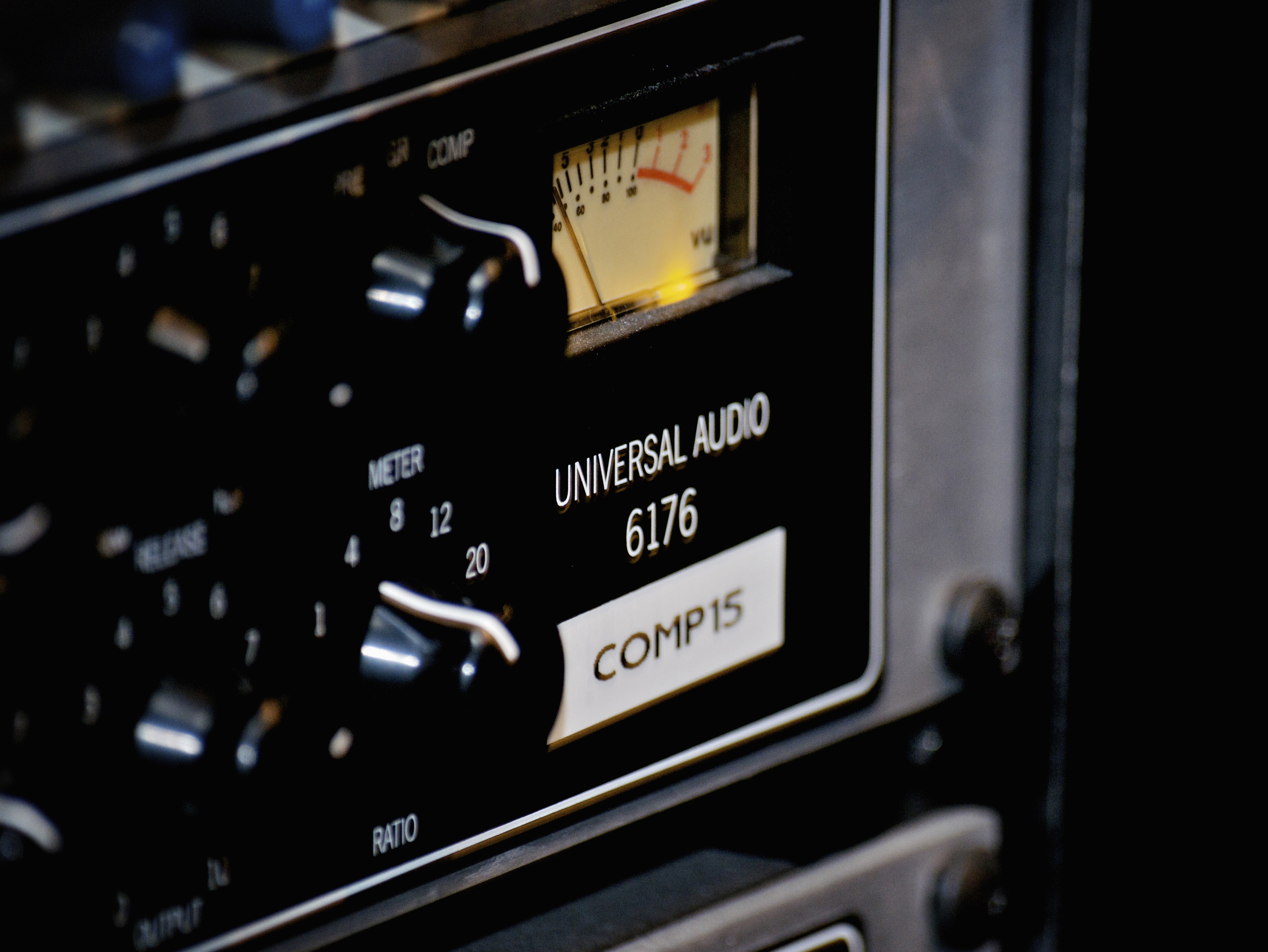
An introduction to effects...
What makes a professionally recorded track sound so, well, 'pro'? Surely it can't simply be a matter of sticking a mic in front of a singer and plugging in a guitar? Actually it can, given the right material, circumstances and environment. A stripped-down folk track or an orchestral recording, for example, might be recorded live with no embellishments at all.
That said, the great majority of recordings employ many of a vast number of available gadgets that are used to tame or sweeten the sound coming in and going out. These devices are called effects processors and come in both hardware and software incarnations. You've probably seen them in photos of pro studios.
There are a number of different types of effects. Some are utilitarian and meant to control a signal being recorded. Others are designed to artificially add a sense of space. Still others can be thought of as 'wow' effects that are used to add interest and excitement to a recording.
Since most popular hardware effects had already long been based on digital technology, effects processors were among the very first to get the software emulation treatment and accounted for the bulk of the first wave of plugins to hit the market.
The industry was soon rife with both emulations of classic effects and entirely new processing tools that took full advantage of the power of modern desktop computers.
Most software sequencer packages come bundled with the essential effects, and there are plenty more to be found both online and through your local retailer. However, you don't have to lay out any of your hard-earned cash to build up your effects arsenal - there are hundreds of the things out there for free, thanks to the abundance of talented software developers who are kind enough to create them.
For a whole magazine's worth of beginner-friendly tutorials, tips and gear advice check out the latest Computer Music Special - The Complete Beginner's Guide (issue 57) - which is on sale now.
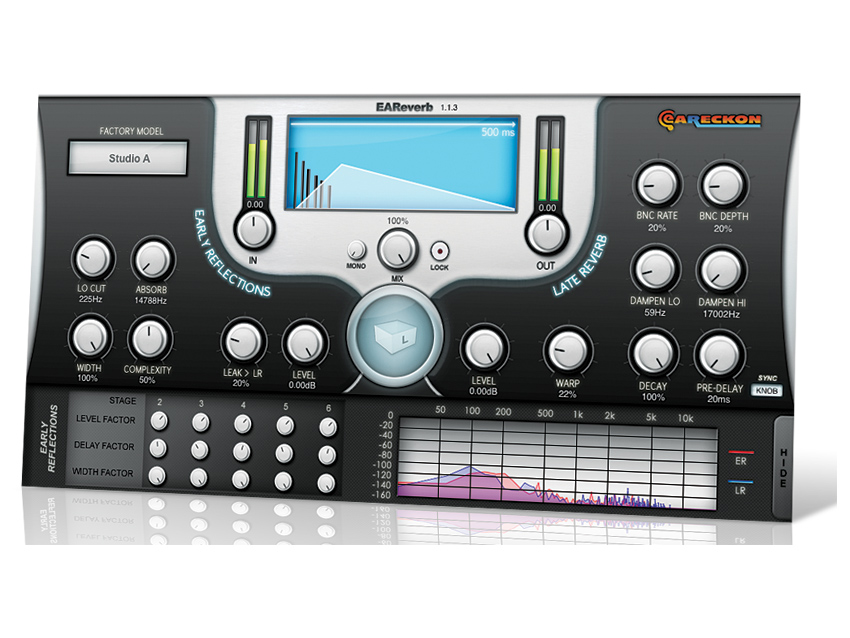
Reverb
What does it do?
Reverberation is a ubiquitous effect - you hear it all around you every day. It is simply the ambience of any environment, either natural or artificial.
You can’t have failed to notice, for instance, that your voice sounds different in a stairwell than it does in a tiled bathroom (which is why people like to sing in the shower). That’s because sound bounces off the smooth surfaces and moves around each space in a specific way.
Reverberation simulates this effect, providing lots of emulated environments that you can use to give your tracks a sense of space.
How does it work?
Reverberation comprises many tiny echoes that bounce off surfaces and return to the ear at different times, with changes in pitch and volume.
Manufacturers have utilised different approaches to achieve this effect. Older hardware units might bounce the sound off a suspended metal plate or metal springs in a box. Many digital reverb processors do it by creating and manipulating a number of echoes (see Delay, on the next slide).
Convolution or ‘impulse’ reverbs use mathematical analyses of signals in real spaces that recreate the effect on an incoming signal. Usually you can control the decay or room size, the amount of delay before the echoes and more.
Use it on...
Reverb can be used on everything you want to put in a ‘space’. Use it sparingly on lead vocals and instruments, since it will cause them to sound further away. It works great on drums to give a sense of ambience and cohesion.

Delay
What does it do?
Delay is one of the simplest effects and, in fact, serves as the basis for many other more complex effects.
A delay processor does exactly as the name suggests: it delays the incoming signal, sending it out later than it came in. Sometimes it’s used as a corrective tool - more often, however, it serves as a sound-enhancing effect.
When combined with the un-delayed signal, it creates an echo effect. Sometimes many copies of the echo will be present, and (usually) each will be successively lower in volume than the one preceding it. You might hear this effect on, say, the last line of a vocal, or on a guitar line (think U2 or David Gilmour).
How does it work?
A delay works by copying the signal and then playing the copy back after a user-specified period of time.
Old delays were made by using one or more tape machines and changing the distance between the record and playback heads. Digital versions abound, since playing back a copy is not a difficult task for modern computers and software. You will often get control over the delay time, feedback (the number of echoes) and mix between the original and delayed signals.
Sometimes there will be some control over the frequency content of the echoes; this simulates the interesting and characterful degradation inherent in old tape-based units.
Use it on...
Short delays sound terrific on vocals and were often used to treat the vocals on John Lennon and Buddy Holly records, to give but two examples. They also sound great on rhythm and lead guitars, and on synthesiser passages.
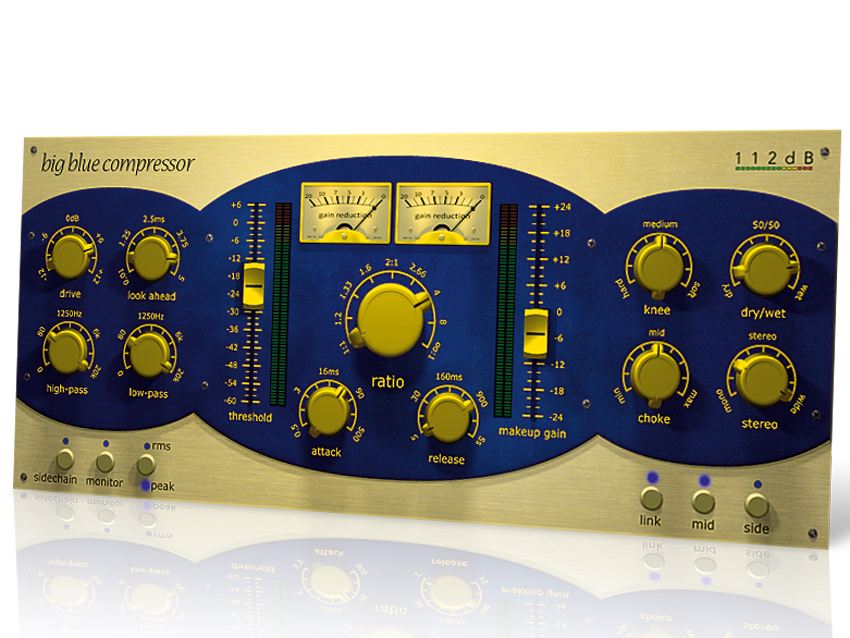
Compressor
What does it do?
A compressor is a dynamics processor - it helps to maintain a steady volume even when the incoming signal is fluctuating wildly. Have you ever wondered how a singer can seem to go from a whisper to a scream without any drastic change in overall volume? That’s compression at work. Put simply, it makes the loud bits quieter and the quiet bits louder.
Its near-twin, the limiter, only does half of that: it keeps the loud bits down.
Famed producer Tony Visconti (T-Rex, David Bowie) once called compression “the sound of rock”, and he wasn’t far wrong. Compression is used all over modern music (some say too much), and is a sort of secret weapon for achieving a professional sound.
How does it work?
Compressors can be difficult to fathom until you put them to use. They vary in complexity, with the simplest vintage-style examples having only input and output knobs (turn the former up and the latter down for more effect).
Others provide a user-definable volume threshold above which the effect will kick in and a ratio that describes the difference between the unprocessed (or ‘dry’) signal and the effected (or ‘wet’) output.
The higher the ratio, the greater the effect. A setting of 1:1 does nothing, while a setting of 12:1 is pretty drastic. There may also be a means by which you can control how fast the compressor works; this might be accomplished with attack and release parameters, for example.
Use it on...
Use compression on everything that requires taming. Vocals are a given, unless your singer has great mic skills. Drums, too, can be molded into shape with a compressor.
Entire mixes are often (over-)compressed to make them sound louder. Go easy, though - too much compression or limiting can suck the life out of your tracks.
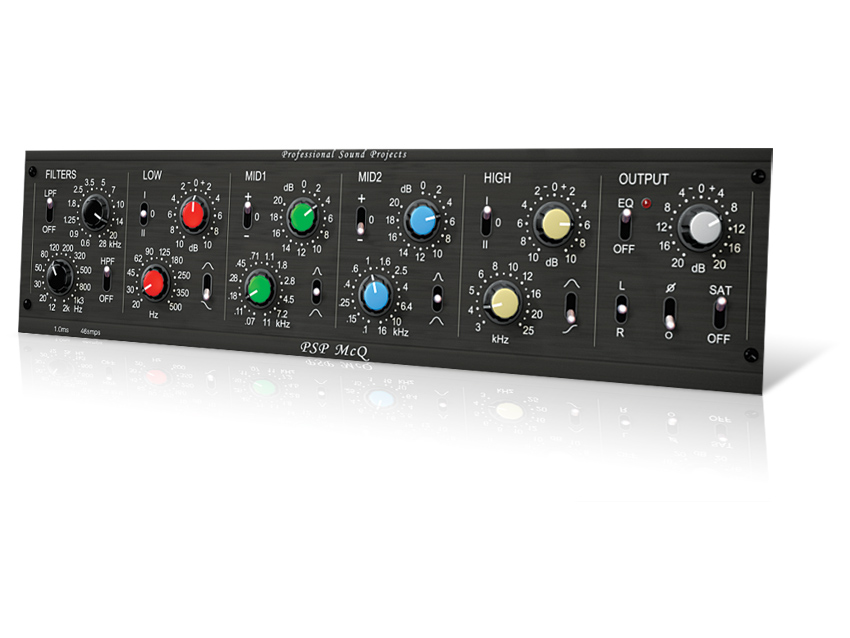
EQ and filters
What do they do?
An EQ allows you to control the amount of low-, high- and mid-range frequencies in your tracks. Some are simple bass and treble controls, while others are splayed across eight, 16 or even 32 frequency bands, each with a slider to cut or boost a specific frequency or set of frequencies.
EQs and filters are essentially the same thing, except that a filter is designed primarily to attenuate (or reduce) rather than boost the levels of specified frequencies.
These tools allow you to shape the tone of your tracks - a good mix is one where the various sounds don’t crowd each other out, and an EQ or filter is designed to help tame or emphasise frequencies to achieve this.
How do they work?
EQs and filters give you one or more controls that boost or reduce the level of a specific frequency.
Filters are the simplest - they usually provide a single ‘cutoff’ frequency above or below which the signal will be filtered. A low-pass filter allows only frequencies below the cutoff frequency to pass through; a high-pass does the opposite.
A filter sometimes allows control over ‘Q’, which determines how precise it is. EQs have Q, too, though it’s often called bandwidth. Some equalisers only affect preset frequencies (graphic EQs are like this), while others are parametric, meaning they allow you to choose which frequency is boosted or attenuated.
Use it on...
Apply equalisation as a means to make room in your mix or to correct for missing frequencies in your recordings. Do your vocal and guitar fight for dominance? Cut the upper mids in the guitar to make room for the voice.
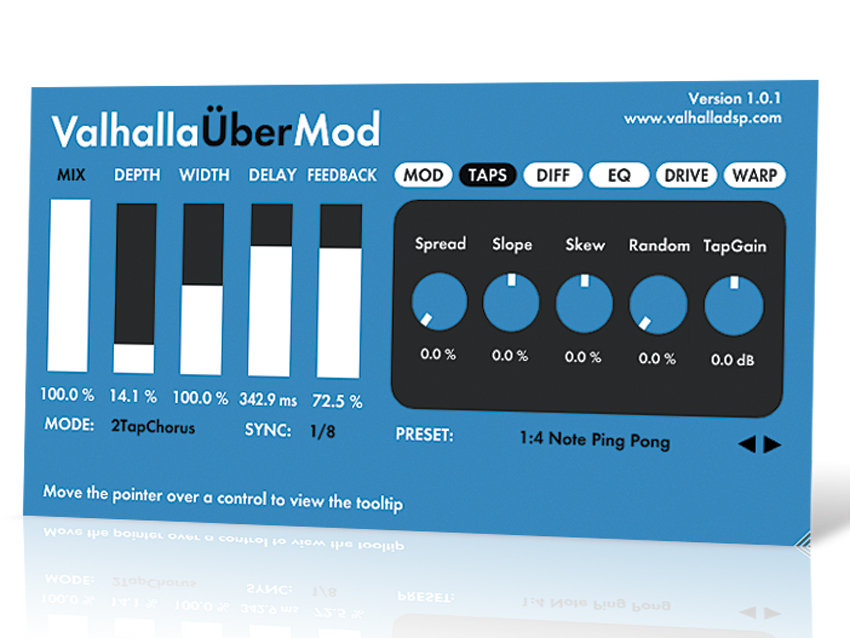
Modulation effects
What do they do?
Chorus, flanger and phaser effects are all considered modulation effects. Flanging sounds as if the frequency spectrum is sweeping up and down.
The Small Faces’ Itchycoo Park contains a classic example of the sound, though it has been heard in many other places, too.
Chorus effects do just what you think - they simulate multiple copies of the input signal playing simultaneously, though each with a slightly different pitch and time. Nirvana’s Come As You Are is rife with chorused guitars.
Phasers sound similar to flangers, but there is a sweeping ‘notched’ sound in play, giving them their characteristically metallic, piercing tone. Think Jean Michelle Jarre’s Oxygene here.
How do they work?
Each of the above effects makes use of copies of the incoming signal. A phaser alters the phase of the copy with one or more all-pass filters. The number of filters is defined as the number of ‘stages’, and will affect the depth and richness of the sound.
A flanger is very similar, except that the copied signal is delayed by a few milliseconds. This results in a sort of ‘jet engine’ sound. Similarly, a chorus makes use of at least one copy of the original signal and plays it back at a slightly different pitch, and usually with some amount of modulation as well.
Use them on...
The most important thing to remember with these effects is that they are exactly that: effects. Though in some cases (most notably the chorus effect) they attempt to emulate real-world techniques, they sound artificial and synthetic. They are ideal for sweeping guitars, electric pianos and even the occasional bass track.
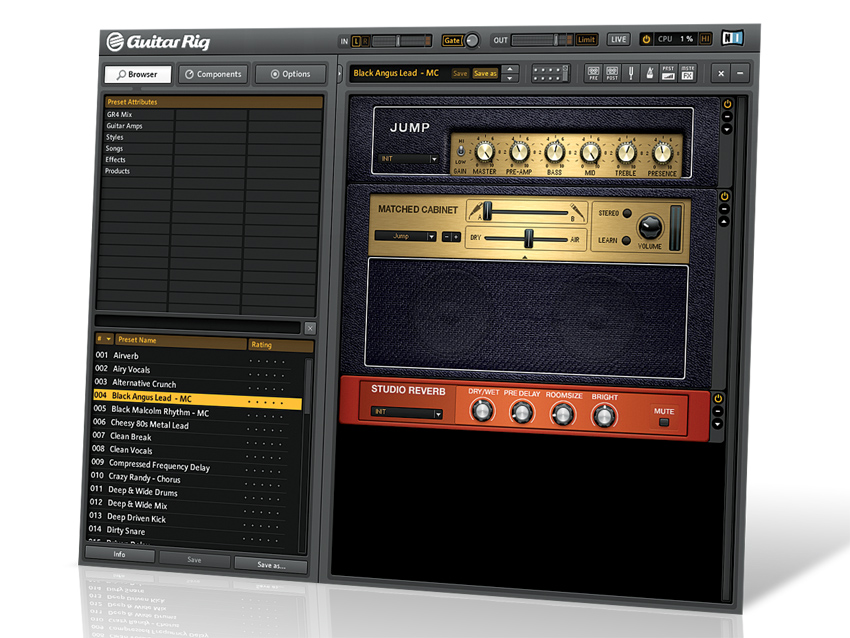
Distortion
What does it do?
The recording studio is a funny place. Engineers spend thousands of pounds to ensure the truest, purest recording of the source material, while the material itself might be an unholy wail of screeching, fuzzy guitars or distorted vocals. And some engineers insist on recording the best singers in the world through tube gear that adds yet another level of grit and grime.
Let’s face it: we like distortion. We like raw, rough, crunchy sounds that spit and growl. And we get these sounds through various types of distortion effect, such as overdrive, fuzz and clipping.
How does it work?
Distortion happens when a signal exceeds levels that the gear it’s passing through was designed to handle. This causes, in some cases, overdrive. Overdrive can be subtle, like when using a tube microphone or preamp, or dramatic, like when your guitarist cranks his stack up to 11.
When the signal gets too hot to handle, it ‘clips’. Too much clipping results in an unpleasant sound, but that may be just what you want!
Other sorts of distortion might not be so appealing - digital clipping is nasty. However, even that might find a place in some forms of music.
Obviously, distortion doesn’t require us to buy costly studio gear - there are plenty of stompboxes, real and virtual, that can give you the grunge you need.
Use it on...
Distortion is primarily used for guitars, but it can also be very effective on vocals - just ask Trent Reznor. Used subtly, it can spice up digital drum tracks or loops too, and some folks even love the sound of fuzz bass.
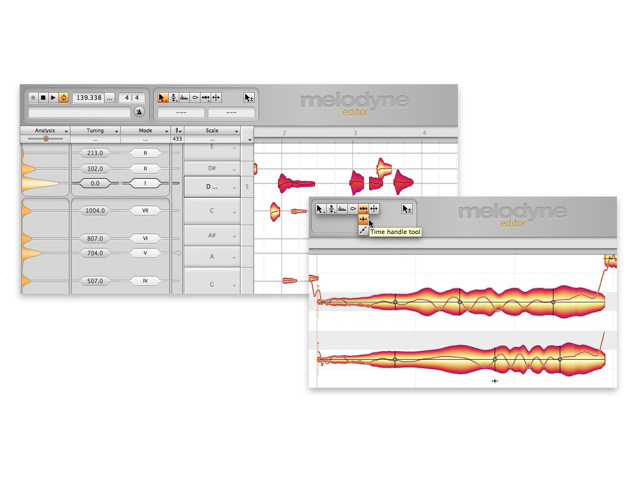
Pitch correction
What does it do?
It used to be that when a singer fluffed a note in the studio, a punch-in or re-recording was necessary to correct the mistake. Thanks to a modern miracle of software technology, however, producers are now blessed (or cursed) with pitch correction effects that can snap any wayward notes to a specific, preordained pitch.
When used as intended such processes are all but inaudible, but when they’re pushed to extremes, the ubiquitous ‘Auto-Tune effect’ is achieved. Not to be confused (though it invariably is) with a vocoder, the sound is synthetic, gargling and, frankly, done to death.
How does it work?
Originally made famous by Antares, there are loads of variations on the original Auto-Tune processor. There are even freeware variants on the theme.
Most of these allow the user to specify a musical scale or play one in via MIDI. Any notes that fall outside of the scale will be shifted to the nearest note in that scale.
Some pitch correction takes place offline, not as you play the audio. Celemony’s Melodyne is like that - it allows you to change not only the pitch but also the duration of individual notes by moving them around a grid. Impressively, it even works on chords.
Use it on...
Uses for pitch correction depend on what you want to achieve. If you need to correct a few notes of a voice or other monophonic instrument, it can save you time, and Melodyne makes a great tool for writing vocal harmonies. If you want that sound, though, you’ll slather pitch correction all over every vocal in sight.